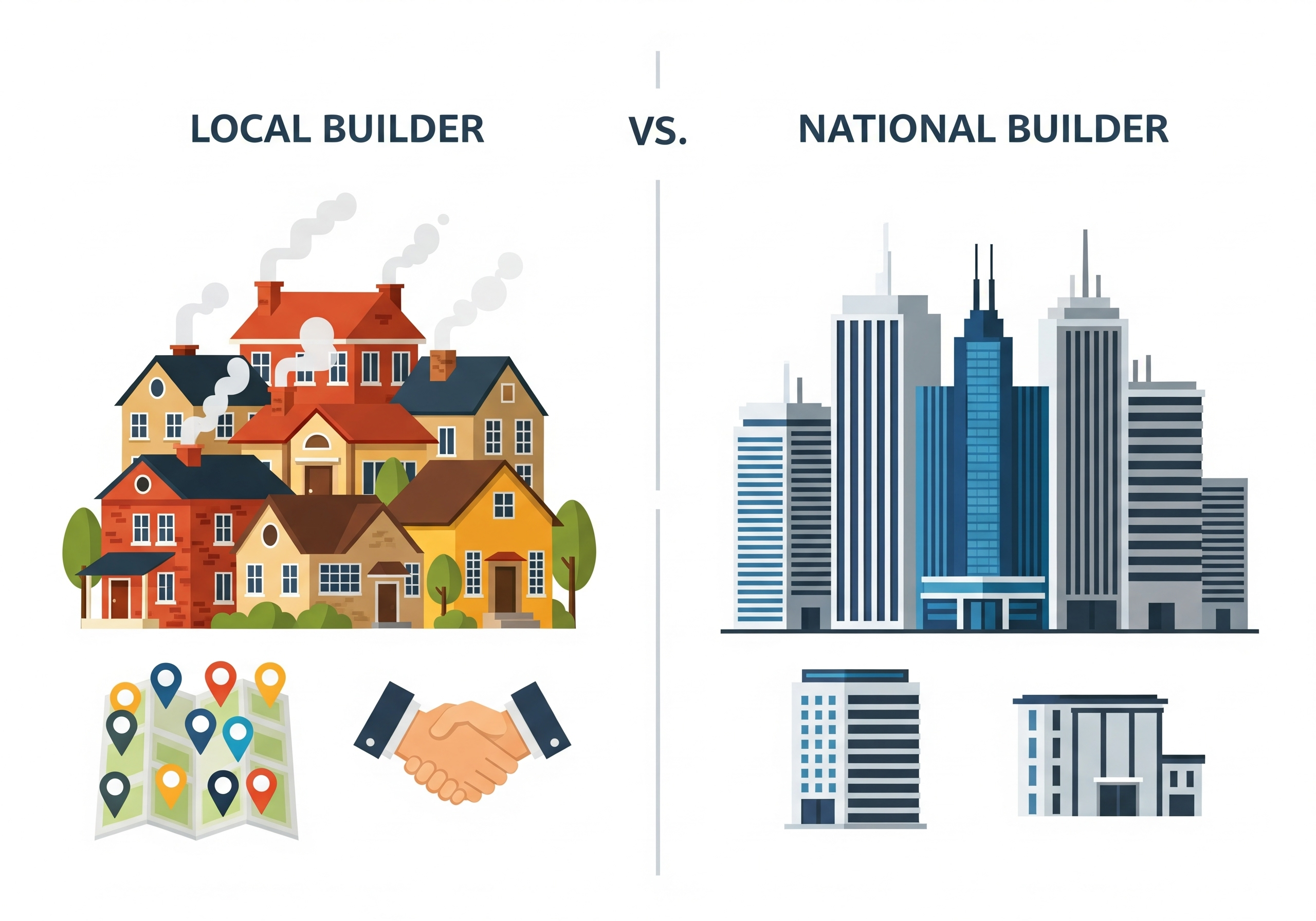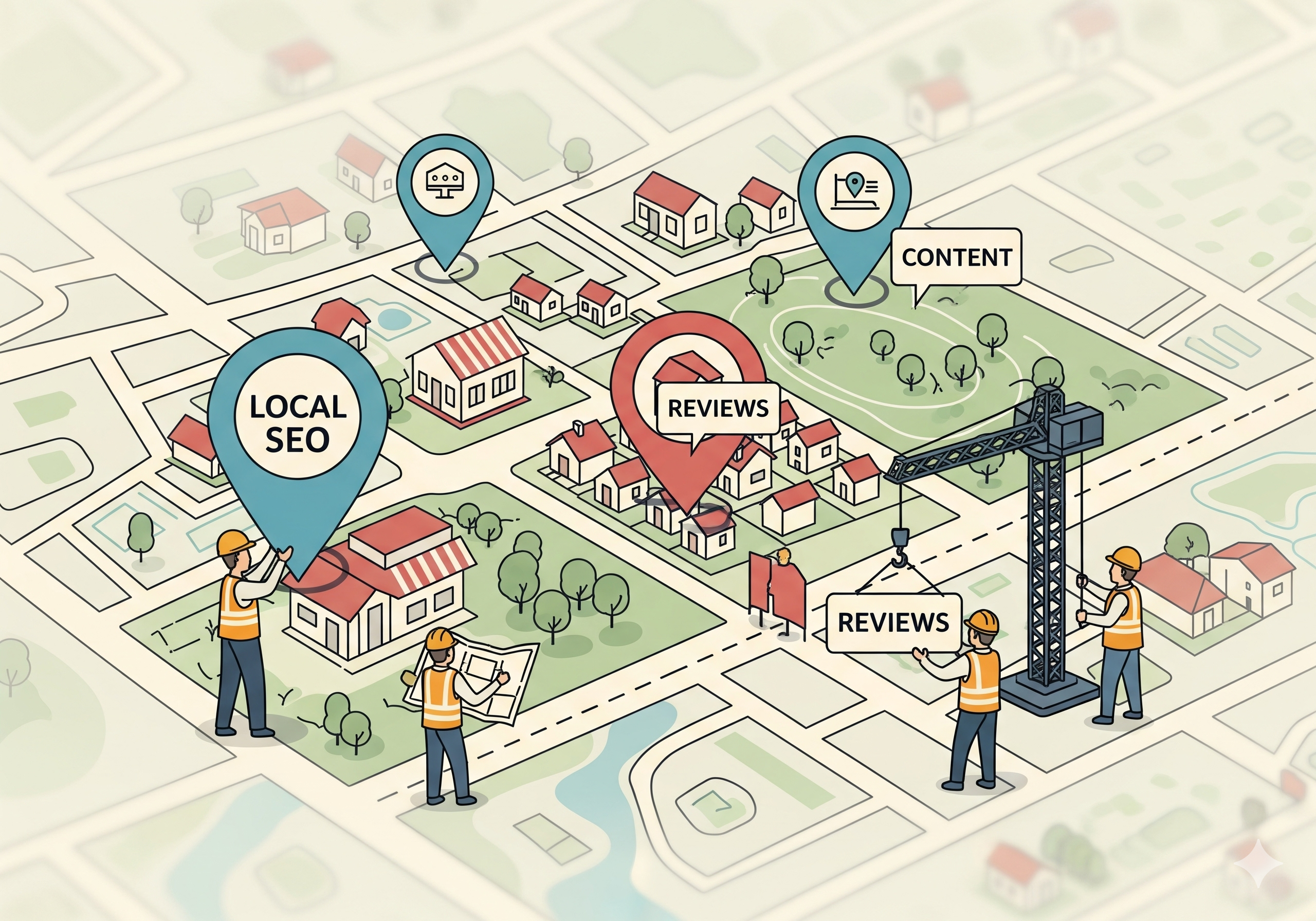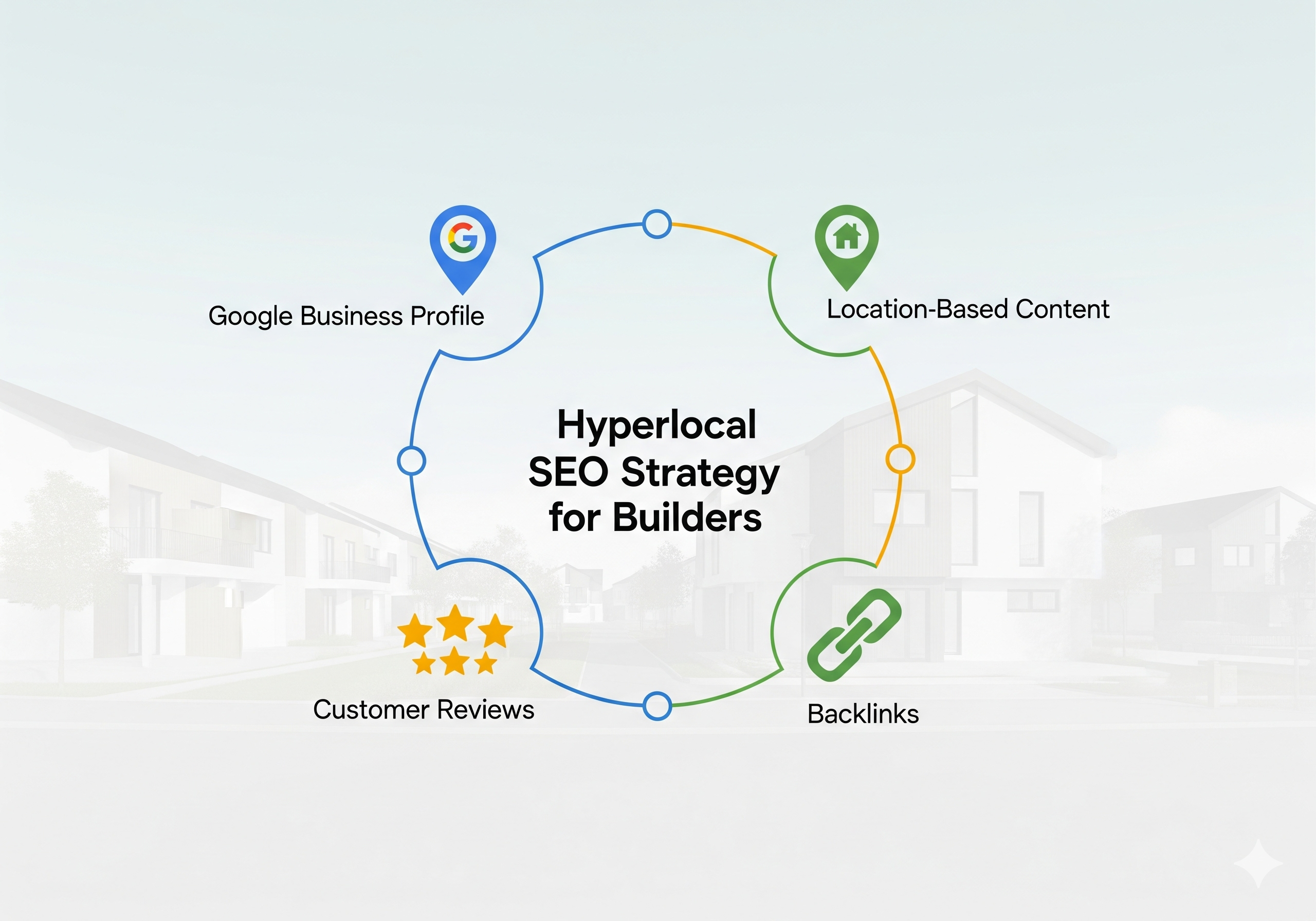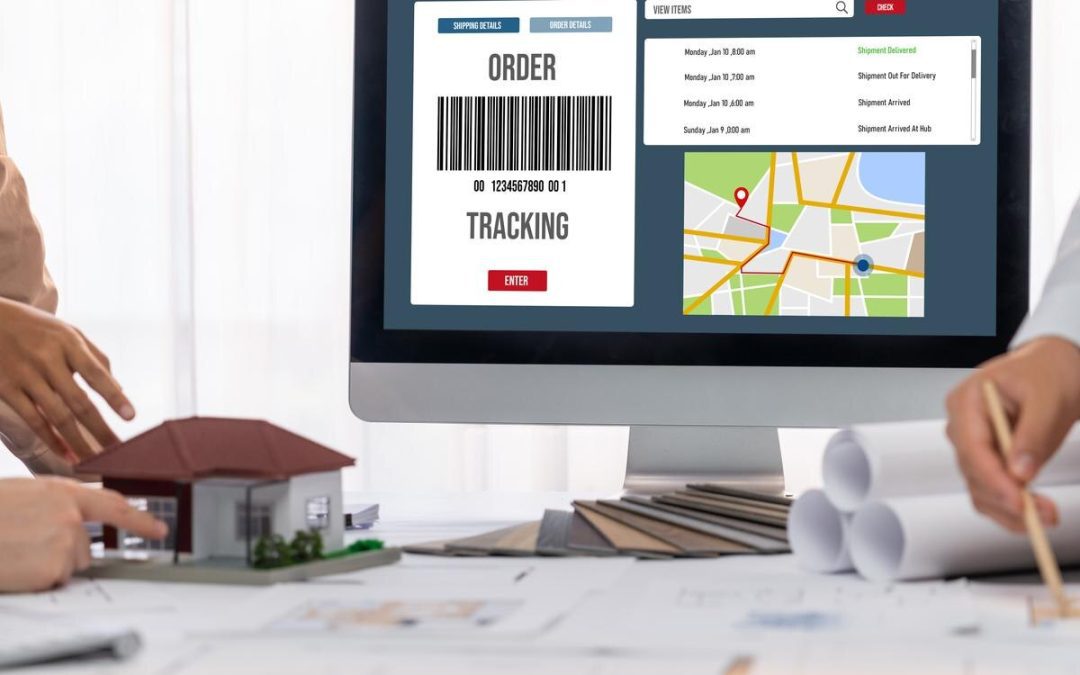In the fiercely competitive world of home building, small and mid-size builders often find themselves overshadowed by national firms. Yet, with the right local SEO and marketing strategies, these smaller entities can carve out a significant niche in their local markets. By focusing on GBP optimization and generating local backlinks, builders can increase their visibility and credibility among potential clients. Content marketing strategies that emphasize hyperlocal tactics allow these businesses to highlight their unique strengths and community ties. This article will guide you through actionable steps to compete with national builders, ensuring your business stands out and wins more contracts in your specific market.## Local SEO for Builders
Local SEO is a game-changer for small and mid-size builders looking to compete with national firms. This section explores two key strategies: optimizing your Google Business Profile and building local backlinks.

Boosting Your Google Business Profile
Google Business Profile (GBP) optimization is crucial for local visibility. It’s often the first impression potential clients have of your business.
Start by claiming and verifying your GBP. Ensure all information is accurate and up-to-date, including your business name, address, phone number, and website.
Add high-quality photos of your projects and team. Use relevant categories and attributes to describe your services. Regularly post updates about new projects, promotions, or company news.
Encourage satisfied customers to leave reviews. Respond promptly and professionally to all reviews, both positive and negative. This engagement shows potential clients that you value customer feedback.
Building Local Backlinks
Local backlinks are vital for establishing your authority in the community and improving your search engine rankings. They signal to search engines that your business is trusted and relevant in your area.
Start by partnering with local suppliers and subcontractors. Ask them to link to your website from their “partners” or “resources” pages.
Join local business associations and chambers of commerce. These organizations often provide member directories with links to business websites.
Sponsor local events or sports teams. This not only gets your name out there but often results in a backlink from the event or team’s website.
Create valuable content that local news sites or blogs might want to reference. This could be a guide to local building regulations or a report on housing trends in your area.
Content Marketing Strategies

Content marketing allows builders to showcase their expertise and connect with potential clients. This section focuses on creating hyperlocal content and engaging with community stories.
Creating Hyperlocal Content
Hyperlocal content focuses on specific neighborhoods or communities within your service area. It’s a powerful way to connect with potential clients and demonstrate your local expertise.
Create neighborhood guides that highlight the unique features of different areas you build in. Include information on schools, amenities, and local attractions.
Develop content around local building codes and regulations. This positions you as an expert and provides valuable information to potential clients.
Share case studies of projects you’ve completed in specific neighborhoods. This gives potential clients a clear picture of what you can do in their area.
Use local keywords in your content. For example, instead of just “custom homes,” use “custom homes in [neighborhood name].”
Engaging with Community Stories
Community engagement through storytelling can set you apart from national builders. It shows your commitment to the area and helps build trust with potential clients.
Share stories of how your projects have positively impacted local families or businesses. This could be through blog posts, social media, or video content.
Highlight your involvement in local charitable initiatives or community improvement projects. This demonstrates your commitment to giving back to the community.
Feature interviews with local homeowners who have worked with you. Their stories can provide authentic testimonials and insights into the building process.
Create content that celebrates local events, traditions, or landmarks. This shows your deep connection to and understanding of the community.
Competing with National Builders
While national builders have significant resources, local builders can leverage their unique advantages to compete effectively. This section explores targeted market strategies and how to capitalize on local advantages.

Developing Targeted Market Strategies
Targeted market strategies allow small and mid-size builders to compete effectively with national firms. These strategies focus on identifying and addressing the specific needs of your local market.
Start by conducting thorough market research. Understand the demographics, preferences, and pain points of homebuyers in your area.
Develop niche offerings that cater to local needs. This could be energy-efficient homes in environmentally conscious communities or multi-generational homes in areas with a high proportion of extended families.
Create targeted marketing campaigns that speak directly to your ideal local clients. Use local references and address specific local concerns or desires.
Build partnerships with local real estate agents. They can be valuable allies in promoting your services to potential buyers.
Leveraging Unique Local Advantages
As a local builder, you have advantages that national firms can’t match. Leveraging these can significantly boost your competitiveness.
Highlight your deep understanding of local building codes, zoning laws, and permit processes. This knowledge can lead to smoother, faster project completions.
Emphasize your relationships with local suppliers and subcontractors. This can result in better pricing and more reliable service for your clients.
Showcase your ability to provide personalized service and quick response times. National builders often can’t match this level of attention.
Promote your track record of successful local projects. Use testimonials and case studies to demonstrate your understanding of local architectural styles and preferences.
